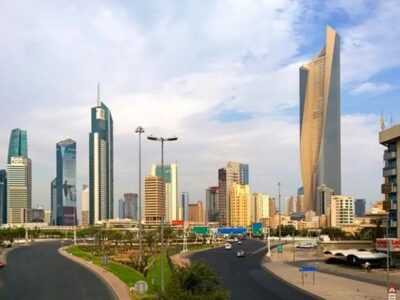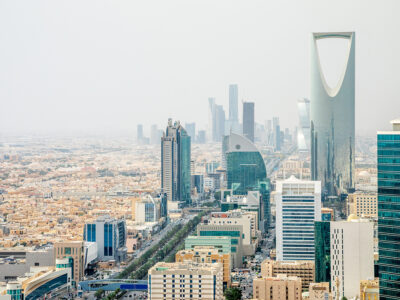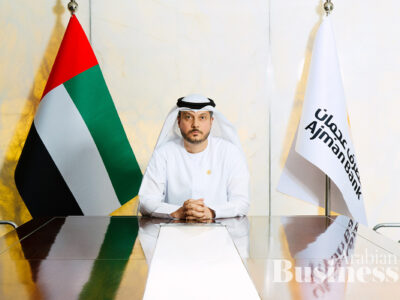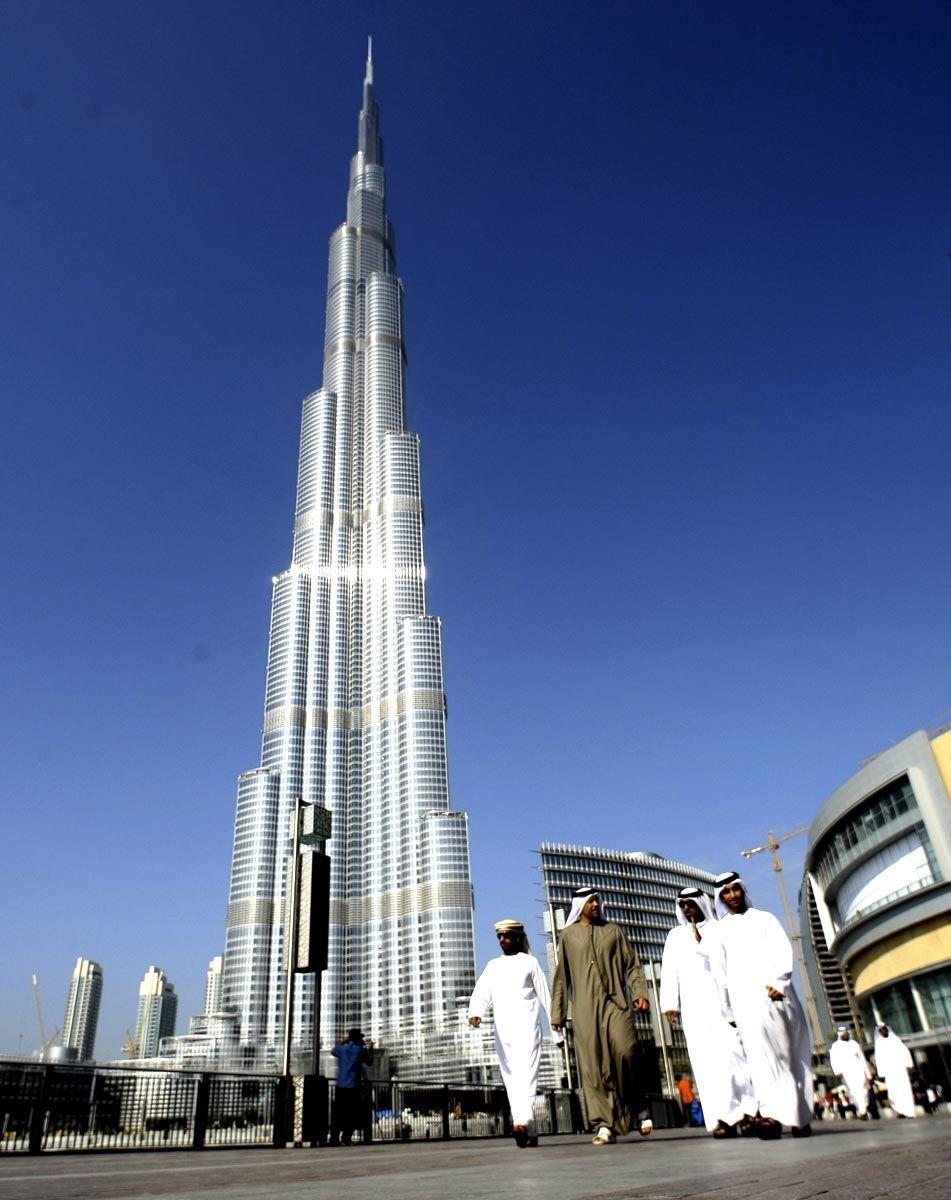Credit markets are sending a harsh message to Gulf companies
slowly emerging from the global financial crisis and now seeking expansion
opportunities: line up your best assets as collateral to secure financing.
The sovereign debt troubles in the euro zone, sluggish
growth of the global economy and a recognition that they may have lent too
freely in the past are prompting banks to become more cautious in their
lending, and to demand tangible assets as backing for loans rather than
implicit guarantees.
“The financing environment currently is certainly not
conducive for borrowers in the region,” said Suketu Sanghvi, head of
structuring and investments at Essdar Capital, an investment banking and fund
management firm in Dubai.
“Borrowers will need to put a good credit story or
security collateral to raise money in this market. This is expected for most
borrowers in the region, and the situation will continue for at least the next
six months.”
This marks a major change in the Gulf, where many corporate
borrowers were offered credit for years without having to put up assets as
collateral. Loan activity shrank dramatically during the global crisis of
2008-2009, picked up in 2010, and has decreased again this year, Thomson
Reuters data shows.
“Lending standards appear to have tightened and aligned
with lending practices in other regions…” said Martin Kohlhase, senior
analyst for corporate finance at Moody’s Investors Service.
Paul Donovan, chief global economist at UBS, said: “We
are in a classic economic environment where we are raising risk, we are raising
the cost of capital, and we are reducing the supply of capital.
“This region needs to be more dependent on its own
sources of funding. It’s a challenge that needs to be met.”
The new constraints on lending could curb economic growth in
Gulf in coming years. But they may also make growth more stable, by subjecting
corporate borrowers and their projects to more market discipline.
“It can be a balancing act of enforcing and maintaining
stricter lending standards against the risk of choking off economic growth by
being too conservative,” said Kohlhase.
Loans worth $8.67bn were extended in the Middle East during
the second quarter of this year and $7.57bn during the first quarter, compared
to levels above $10bn in each of the previous three quarters. About half of
that activity was accounted for by the UAE, Saudi Arabia and Kuwait.
Article continues on
next page…
Quarterly lending in the Middle East is far below record
levels above $40bn hit in 2007. While some of the drop since then is due to
lower demand for funds, a considerable portion of it is the result of tighter supply.
The trend is clearest for European banks, historically the
largest providers of capital to Gulf companies but now struggling under a debt
crisis back home and facing funding squeezes themselves.
But banks in the Gulf are also worried about managing their
exposures to limit loan loss provisions, which have risen since 2008. Michael
Tomalin, the CEO of National Bank of Abu Dhabi , the UAE’s largest bank by
market value, said in July that he expected the bank’s non-performing loans to
rise to between 3 and 3.25 percent of its loan book by the end of this year,
from 2.65 percent at mid-year.
Lending costs have risen sharply, even though central banks
in the Gulf have flooded their money markets with funds to aid their banking
systems.
The recently agreed refinancing of an $850m loan for DP
World’s parent company, Ports and Free Zones World, pays a margin of 350 basis
points, double the pricing on the original deal. This was in line with the
experience of other Dubai government-related entities that have approached the
market in recent months, including Investment Corp of Dubai.
The emirate’s sovereign wealth fund secured a $2.8bn refinancing
with banks at 350 bps, a hike on its borrowing cost of 125-150 bps on its
original $6bn loan.
Dubai’s debt crisis in 2009 and political instability in the
Middle East have caused banks to focus on lending to only the top tier of
government-related companies, compounding worries at second-tier companies
which need to raise cash.
In the bond market, Gulf credits have not been spared the
aggressive selling seen in developed markets in response to the euro zone
crisis over the last few months. In the past month, average yields for
companies as tracked by the HSBC Nasdaq Dubai GCC Corporates bond index touched
a peak of 5.634 percent on Oct 4, from 4.757 percent on Sept 9.
Article continues on
next page…
Companies are feeling the impact. The world’s largest
shopping arcade, The Dubai Mall, has been offered as collateral by its builder
Emaar Properties against an $800m loan, four banking sources familiar with the
deal said last month.
The sources, who declined to be named because they were not
authorised to speak to media, said the developer had offered a total of four
malls for the loan. Emaar said in a statement that the report was incorrect,
but declined to give details of its funding plans.
Even the region’s sovereign wealth funds are on occasion
having to offer collateral for financing.
Abu Dhabi’s investment fund Aabar, which bought Abu Dhabi
Commercial Bank’s 25 percent stake in Malaysian group RHB Capital , will get a
$1.9bn loan from ADCB to pay for the deal, sources familiar with the matter said
this month.
Aabar’s parent International Petroleum Investment Co
obtained the loan from ADCB by using its deposits with the bank as collateral,
the sources said, after Aabar earlier rejected a financing proposal by an
international consortium of banks as being too expensive. Aabar declined to
comment.
Some blue chip firms are holding their ground and refusing
to offer collateral for loans.
Emirates Airline, whose $1bn bond offering in June was six
times oversubscribed, is looking for financing as European lenders pull back,
and is considering local banks for a possible loan, banking sources said.
“Emirates may refuse to offer collateral, which is why
they may face rejections from some regional banks,” said a banking source
aware of the matter. “But Emirates has many options and lenders are
comfortable with the company.” The airline said it would not comment on
rumours or speculation.
Companies are also turning to Asian lenders, which have
largely escaped the balance sheet damage suffered by European banks. However,
Asian banks may require collateral, and because interest rates are higher in
Asia, their loans may not be cheap.
China Development Bank was one of the lead arrangers for a
$2bn loan to Saudi Arabian construction company Saudi Oger loan last month.
“Borrowers are having to rely on Asian lenders who
usually do not lend without adequate security collateral,” said Sanghvi.
“Asian lenders also lend at higher margins on account of their own funding
costs.”







